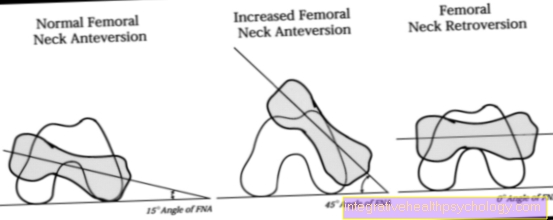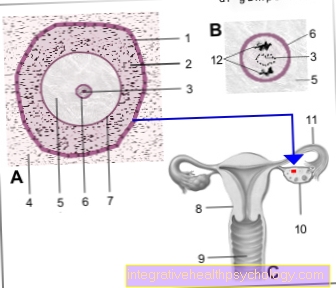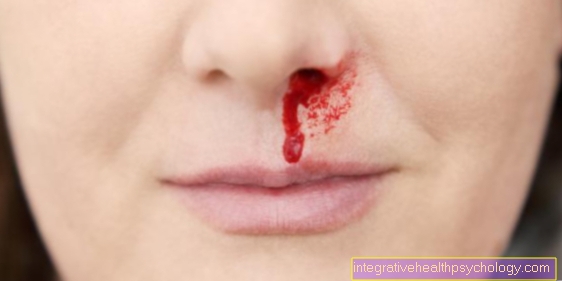The durability of dental implants
The durability of the dental implants
The durability of a dental implant, or how long an inserted dental implant can be kept, depends to a large extent on the condition of the surrounding bone.
Shortly after the operation, i.e. during the healing period, the dental implant should grow together with the jawbone. The more pronounced this adhesion, the smaller the space between the implant surface and the bone will be.
If the distance is too great, the bacteria living in the oral cavity can more easily migrate into the vicinity of the metal pin, multiply there and cause plaque deposits.
The connection between the dental implant and the jawbone can usually only be attacked and destroyed by the harmful effects of bacterial metabolism.
This article might also interest you: Peri-implantitis

In addition, one has to bear in mind that the bone around a dental implant is more stressed by the chewing process than the bone around an endogenous tooth. This fact is based on the fact that a normal tooth root does not sit rigidly in the jaw, but is suspended from elastic fibers and can therefore adapt better to the pressure applied.
This has the disadvantage that the jawbone and the jaw joint are more stressed. In terms of the durability of a dental implant, however, the additional load offers a decisive advantage.
The increased chewing load lowers the risk of losing the implant, because experience has shown that the mechanical load leads to increased mineralization of the surrounding jawbone.
In the initial period after the dental implant has been inserted, the patient should attach particular importance to careful oral and dental hygiene, as this minimizes the risk of inflammation in the area of the denture and this in turn increases the durability of the dental implant.
According to international studies, the certainty of success of a dental implantation is around 85 - 90%, but can be further increased by preventing outbreaks of infection and inflammation.
A patient who strictly follows the instructions of the attending dentist with regard to oral hygiene and regularly takes part in infection prophylaxis will keep his dental implant for at least 10 years with almost 100% security.
Durability in terms of bone quality
The bone quality is described by different factors. It is a benchmark that plays an essential role when considering an implant, as it can provide information about both the difficulty of placing the implant and the prognosis.
One of the decisive factors in bone quality is the balance between bone formation and bone resorption. Furthermore, the micro-architecture and the material properties (i.e. the mineralization of the bone) play a decisive role in the assessment of the bone quality. A sufficient amount of calcium and vitamin D are very important to be able to increase the bone quality. Furthermore, scientific studies have shown that a healthy level of physical activity can improve bone quality in the long term. This also reduces the risk of fractures. Another option is ultrasound therapy to improve bone quality.
You might also be interested in this topic: Inflammation on the dental implant
Durability in relation to the oral mucosa
Good oral hygiene is a basic requirement for a healthy oral mucosa. To achieve this, you should brush your teeth thoroughly at least twice a day. However, you should choose the degree of hardness of the toothbrush that is suitable for your own gums and teeth. Brushing too hard or using a toothbrush that is too hard can irritate the gums.
You can find out more about this here: dental care
Regular professional teeth cleaning can improve the quality of the oral mucosa.
Food can also affect the quality of the oral mucosa. Hot, spicy or acidic foods can irritate the oral mucosa.
Patients with prostheses should make sure that there are no pressure points or irritations.
Professional teeth cleaning - how often?
Regular professional tooth cleaning (= PZR) is very important, especially with implants, for the care and prevention of inflammation. The frequency of professional teeth cleaning depends on the individual risk status of the patient. If there is a low risk of inflammation and good oral hygiene, a PZR is recommended every six months to annually. Patients who are at high risk of periodontitis (= inflammation of the teeth supporting structures) should undergo a PZR quarterly to prevent inflammation around the implant and thus increase the durability of the implant.
You can find more detailed information here: Professional tooth cleaning





























